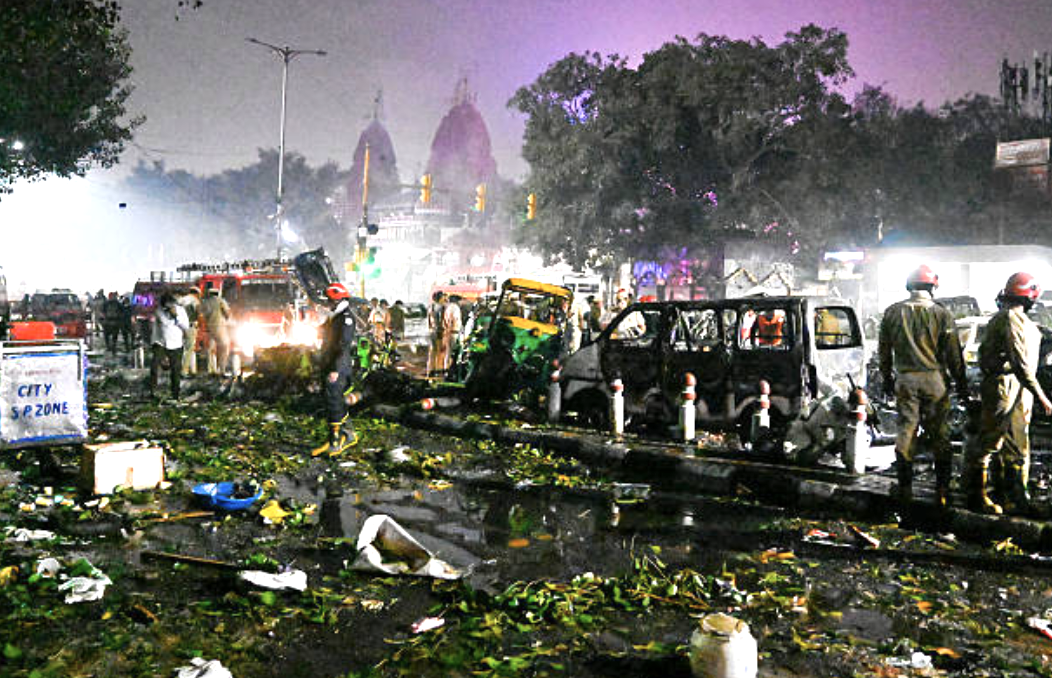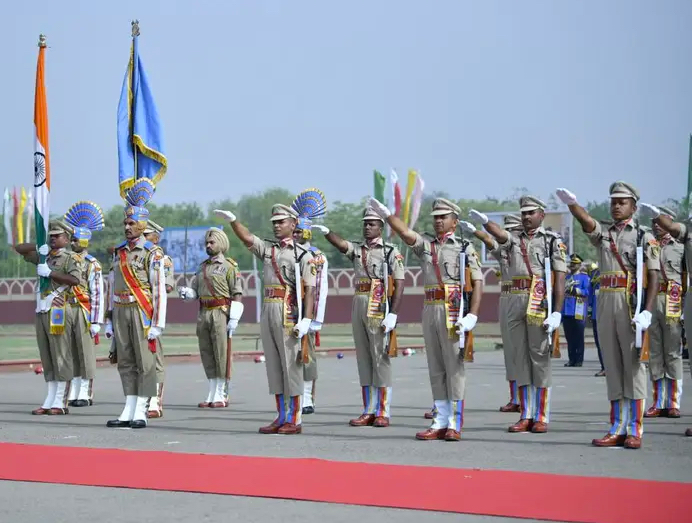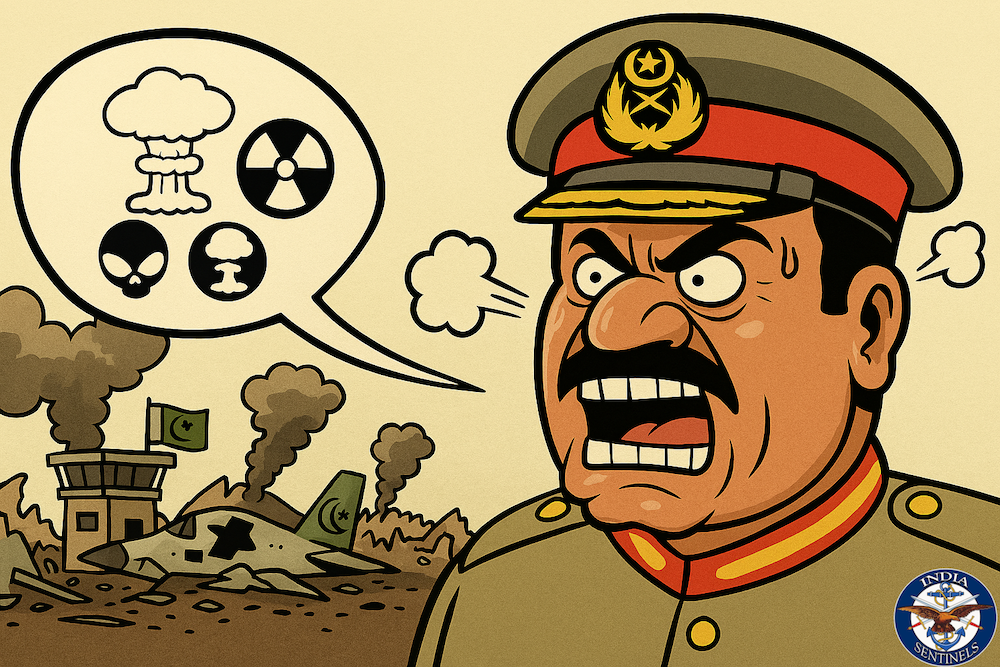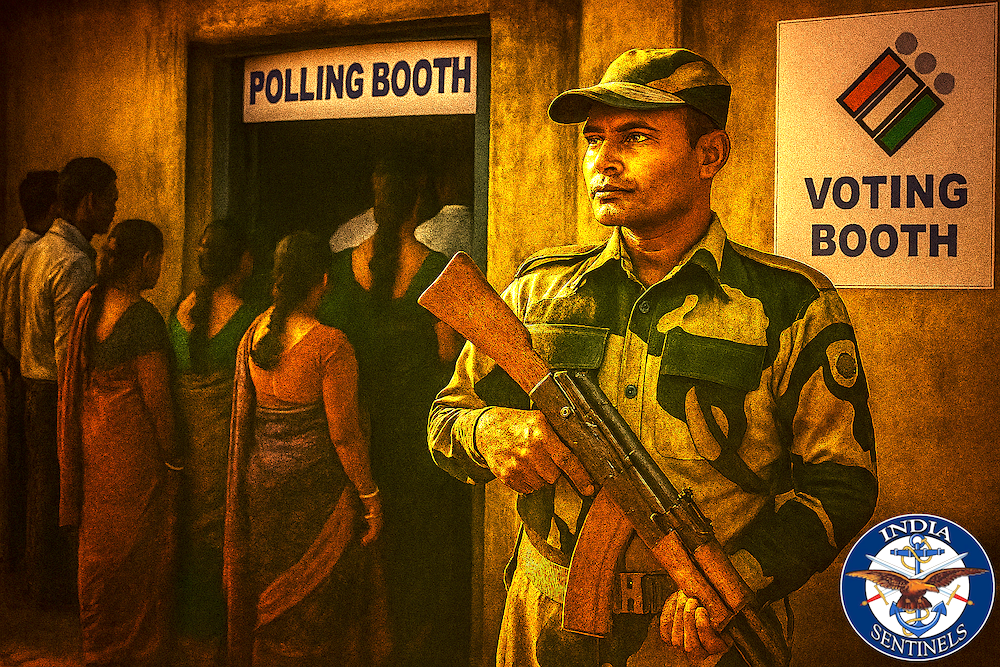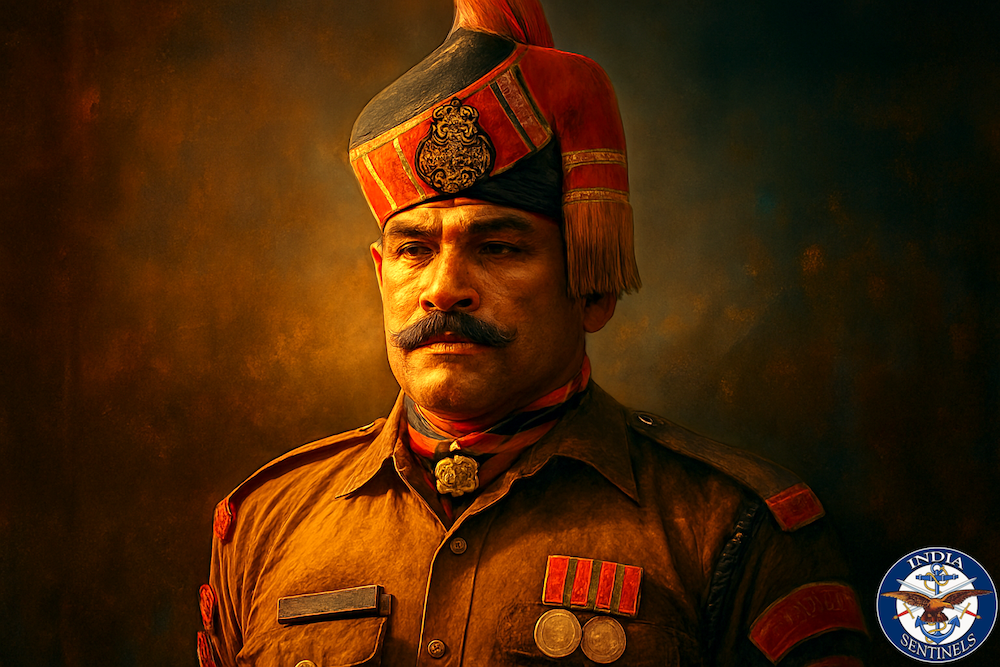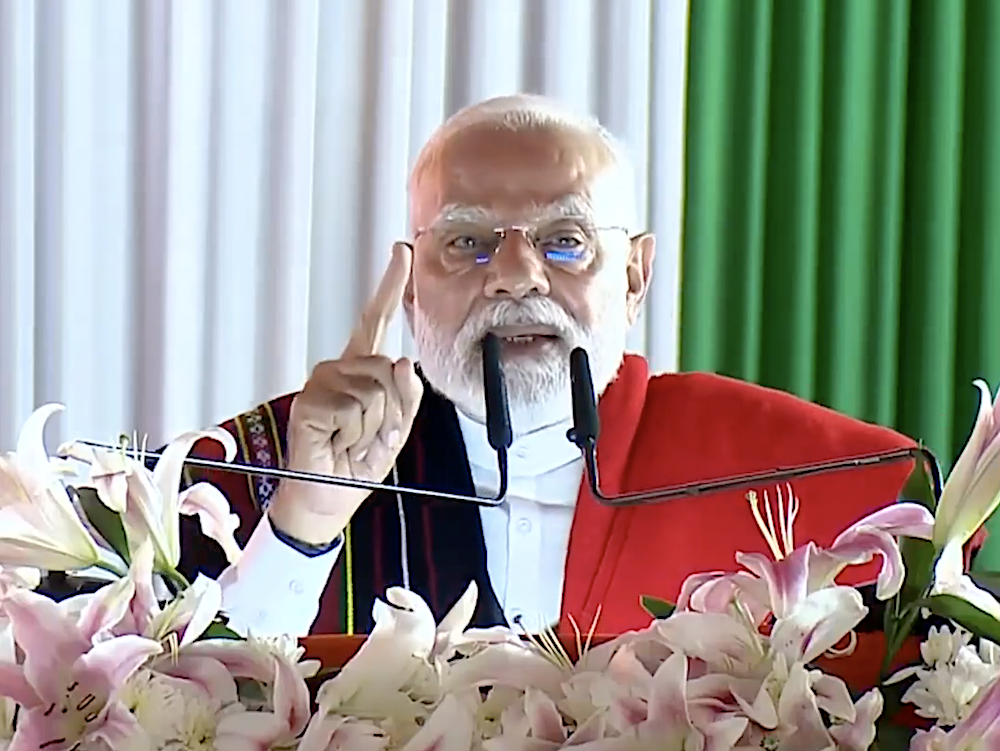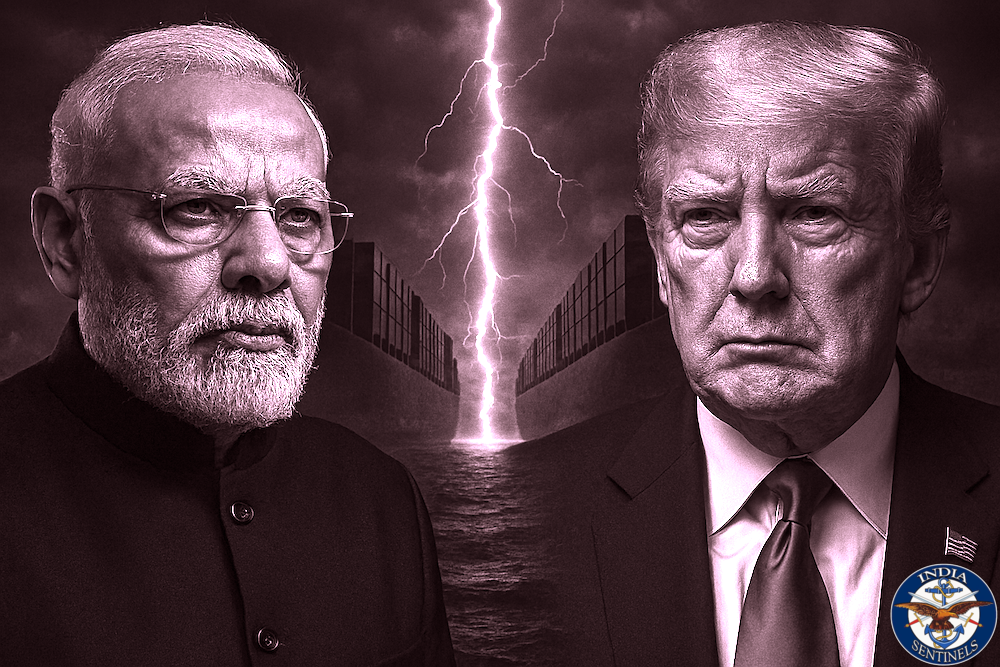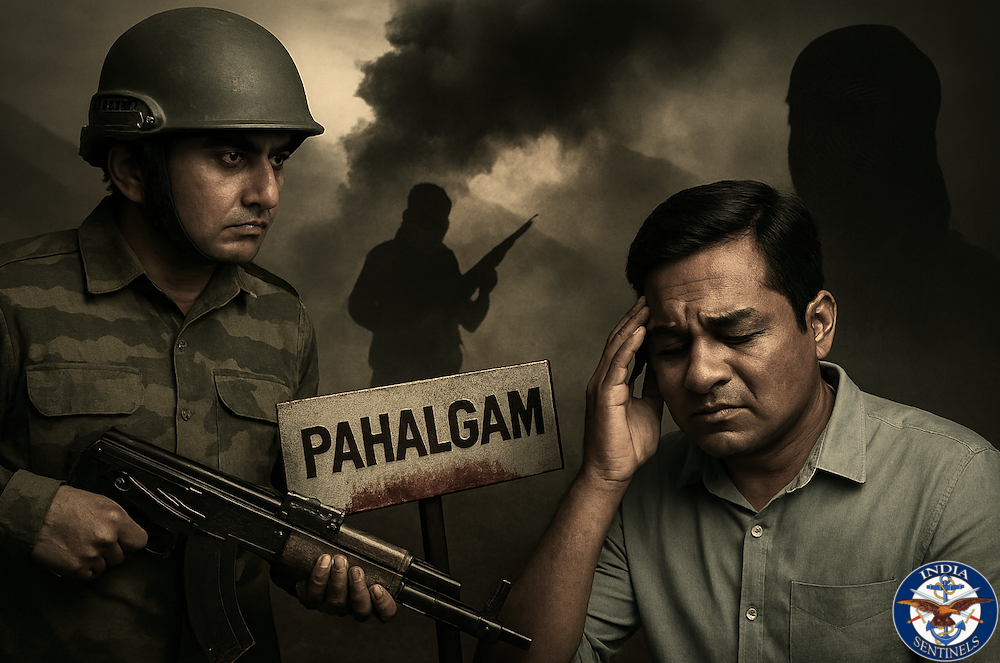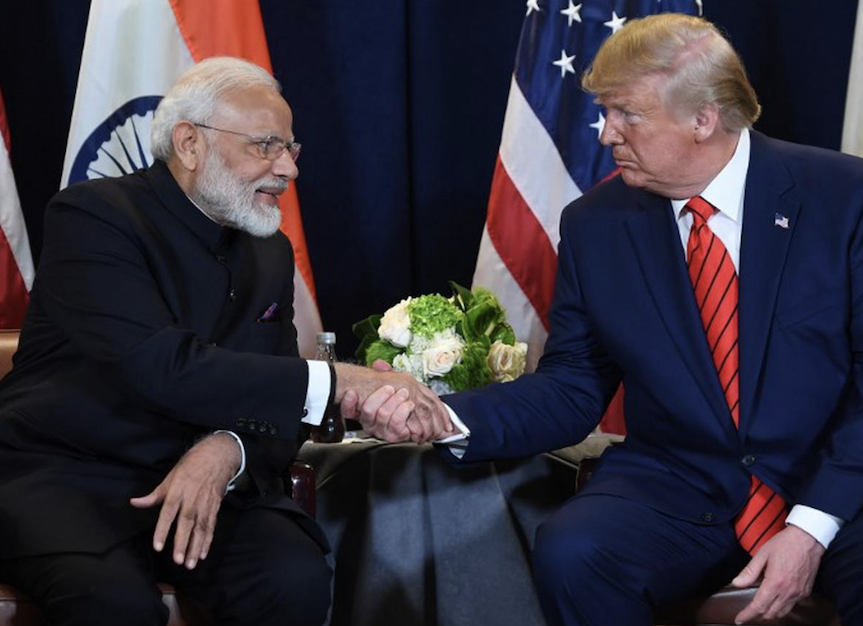 Narendra Modi (L) and Donald Trump. (File photo for representation.)
Narendra Modi (L) and Donald Trump. (File photo for representation.)
Thank you, Donald Trump. No, really. I mean it. As someone who spent three decades in olive green defending India’s borders and another decade analysing geopolitics, I never thought I’d be penning a thank-you note to an American president. But here we are.
You see, Mr President, you’ve done something remarkable for India – something that decades of diplomatic textbooks, thinktank seminars, and strategic dialogue forums couldn’t achieve. You’ve taught us, in the most unsubtle way possible, that America is transactional to its core. And honestly? That’s the best gift you could have given us.
Read also: How Trump lost India – and why America must win it back
The Education Begins
When you waltzed back into the White House in January, many in Delhi’s power corridors were nervous. Would the “buccaneering” approach, as some politely called it, upend the carefully cultivated India-US partnership? Would we be subjected to the same treatment as your Nato allies, badgered for burden-sharing and trade concessions?
Well, yes and no. You did slap tariffs on us – 50 per cent, to be precise. But here’s the delicious irony: while you were busy alienating your traditional allies, you inadvertently validated India’s decades-old doctrine of strategic autonomy. The more unpredictable Washington became, the more Delhi’s policy of keeping multiple irons in multiple fires made sense.
Thank you for that clarity, Mr President. Nothing drives home a lesson quite like economic pressure.
Read also: Charting India’s Strategic Autonomy – A perspective on geopolitical reset
The China Embrace (Yes, You Read That Right)
Now, this is where it gets truly entertaining. Your aggressive tariff war with Beijing – 130 per cent on Chinese goods by November – was meant to bring China to its knees. Instead, it brought China to India’s door. The same India that had troops eyeball-to-eyeball with Chinese forces at Galwan just five years earlier suddenly found Beijing interested in a reset – the same India.
What did the letter propose? A reset. A recalibration. A chance to move beyond border tensions and focus on economic cooperation. And why? Because you, Mr Trump, had made both Asian giants realize they were being played off against each other while America First-ed its way through global diplomacy.
The result? The Chinese foreign minister, Wang Yi, showed up in New Delhi in August – the first high-level visit in three years. Direct flights resumed. Border trade passes reopened. Xi started talking about India and China as “partners in development rather than rivals.”
And then came the masterstroke: Prime Minister Narendra Modi attended the Shanghai Cooperation Organization summit in Tianjin in August – his first visit to China in seven years. The images of Modi, Xi, and Vladimir Putin sharing a laugh became the photograph that defined your unintended legacy. Three major powers, pushed together by American unpredictability, forming what some analysts called “the new world order.”
Thank you, Mr President. We couldn’t have orchestrated this diplomatic coup better ourselves.
Read also: As Sergio Gor lands, India must map its own course amid Trump’s South Asia reset
The Taliban Teatime
But wait, there’s more! This month, India did something that would have been unthinkable during the previous American administration: we hosted the Taliban foreign minister, Amir Khan Muttaqi, in New Delhi. Yes, the Taliban. The same group America spent 20 years and $2 trillion trying to defeat.
We announced plans to upgrade our technical mission in Kabul to a full embassy. Not formal recognition, mind you – we’re not amateurs – but substantial enough to be called “de facto recognition” by experts. The Taliban even condemned Pakistan from Indian soil during Muttaqi’s visit. Pakistan! Our historical rival, now being criticized by its own erstwhile protégé while standing on Indian territory.
How did this happen? Simple. Your administration’s disinterest in Afghanistan, combined with the broader collapse of western-led intervention frameworks, gave India the space to pursue pragmatic engagement without worrying about American disapproval.
Thank you for not caring, Mr President. Your indifference was our opportunity.
Read also: Amnesia vs Engagement – A soldier’s view on India’s China dilemma
The Russian Oil Affair
Here’s where your education programme really shone. You threatened sanctions and tariffs on countries buying Russian oil. Our finance minister, Nirmala Sitharaman, responded with words that should be taught in every foreign policy course: India will continue purchasing Russian oil based on what “suits us best” economically.
The savings? Between $10.5 billion and $25 billion during 2023-2024 alone. Russian crude sold at substantial discounts, and Indian refiners happily obliged. Your response? Well, here’s the twist – your own ambivalence toward Russia, your efforts to “end” the Ukraine war, your complicated relationship with Putin – all of it provided India with diplomatic cover.
You couldn’t very well pressure India for doing business with Russia when you yourself were trying to cosy up to Moscow. The irony was so thick you could spread it on toast.
Thank you for the contradictions, Mr President. They worked wonderfully in our favour.
Read also: India’s Eastern Front – The new battleground that could eclipse Pakistan
The Trade War Dividend
Now let’s talk business. Your 100 per cent additional tariff on Chinese goods, announced for this November, was meant to punish Beijing. But here’s what actually happened: Indian exporters started receiving calls from American importers desperate for alternatives. With Chinese goods facing 130 per cent tariffs and Indian goods facing “only” 50 per cent, suddenly we became the attractive option.
SC Ralhan, president of the Federation of Indian Export Organisations, couldn’t hide his glee: “The US’s higher tariffs on Chinese goods are likely to boost demand for Indian products.” Indian exports to the US totalled $86 billion in 2024-25, and your trade war just handed us more market share.
It’s almost as if you designed this policy to help India’s export sector. Thank you, Mr President. China’s pain really has been India’s gain.
Read also: Devil’s Triangle – India’s strategic nightmare that could choke northeast
The Defence Diversification
Your transactional approach to alliances taught us another valuable lesson: never put all your military eggs in one basket. While you were busy demanding that allies pay up or shut up, India quietly deepened defence cooperation with France, Israel, and others.
Forget our decades-old and deep defence ties with Russia and that we are on the verge of buying even more S-400s and even S-500s anti-missile defence systems from them. Remember the Rafale aircraft deal with France? Check. P-75 Scorpene submarines? Check. Joint development projects with Israel? Check. As Modi himself noted on Independence Day, “National security cannot rely on foreign dependence.”
Meanwhile, we signed three defence pacts with Australia in October 2025, even as you showed declining interest in the Quad. We reaffirmed our commitment to the grouping while you were ghosting the video calls. The message was clear: bilateral relationships can thrive even when multilateral frameworks wobble.
Thank you for showing us that strategic partnerships work best when they’re diversified, not concentrated.
Read also: China’s Brahmaputra Gambit – A strategic assessment of Motuo dam
The European Pivot
Here’s something your trade war accomplished that decades of Indian diplomacy couldn’t: it made Europe take India seriously. Your strained relationship with Nato allies – the constant criticism, the tariff threats, the general chaos – made European powers realize they needed alternatives to American leadership.
Enter India, stage right. Suddenly, European capitals were interested in deeper engagement on technology, defence, and economic cooperation. The “multipolar west” that emerged under your watch provided India with opportunities to engage with European powers without being constrained by American preferences.
The India-UK trade agreement moved forward. Free trade negotiations with the European Union accelerated. All because you made traditional allies look elsewhere for stable partnerships.
Thank you for the introduction, Mr President. Europe and India are getting along famously.
Read also: Network-Centric Warfare – Pakistan’s edge and India’s wake-up call
The Bangladesh Bonus
In a moment of unusual candour, you said you’d “leave Bangladesh to PM Modi.” Just like that. No consultations, no diplomatic niceties – just a blanket delegation of an entire country’s affairs to our prime minister.
Do you know what that statement did? It acknowledged, publicly and unambiguously, India’s sphere of influence in South Asia. The interim government in Bangladesh under Muhammad Yunus had been calling for a “reset” in bilateral relations. Your explicit delegation strengthened India’s hand in those negotiations enormously.
Thank you for the public endorsement of Indian regional leadership, Mr President. We’ll take it from here.
Read also: Beijing cannot dictate the Dalai Lama’s reincarnation
The Strategic Autonomy Vindication
For decades, western analysts questioned India’s strategic autonomy doctrine. “Pick a side,” they said. “You can’t sit on the fence forever,” they warned. “Multi-alignment is just non-alignment 2.0,” they complained.
And then you became president. Again.
Suddenly, countries that had aligned closely with America were facing uncertainty and pressure. Meanwhile, India – with its diversified partnerships, its refusal to join formal alliances, its insistence on strategic flexibility – was weathering the storm quite nicely, thank you very much.
We engaged with China while maintaining ties with America. We bought Russian energy while deepening cooperation with European partners. We hosted Taliban officials while reaffirming commitment to the Quad. We championed multipolarism at the Shanghai Cooperation Organization summit while accelerating trade negotiations with the west.
Every contradiction that bothered western analysts? Every apparent inconsistency? They all made perfect sense in the age of Trump.
Thank you for proving our point, Mr President. Strategic autonomy isn’t fence-sitting – it’s strategic genius.
Read also: Israel-Iran War – Tel Aviv’s tactical win, Tehran’s strategic advantage
The Global South Leadership
Your disdain for multilateral organizations and threats to undermine BRICS with tariffs accomplished something unexpected: you strengthened the resolve of the global south countries to build alternative institutional frameworks.
At the Shanghai Cooperation Organization summit in Tianjin, in August, Modi championed “multipolarism and multilateralism” as alternatives to what he diplomatically called a “unipolar world order”. The message resonated precisely because you had spent months demonstrating why unipolarity under erratic leadership was problematic.
India’s role as a voice for developing countries while maintaining credibility with developed economies was amplified by your polarizing approach. We became the bridge between north and south, east and west – not because we planned it that way, but because your policies created the demand for such a bridge.
Thank you for creating the market need, Mr President. India is happy to supply the solution.
Read also: With FM Munir in Pakistan’s charge, India must see the ‘black swan’ coming
The Unintended Legacy
So here we are, Mr President, nearly a year into your second term, and India’s global position has strengthened in ways we couldn’t have imagined. Not despite your policies, but because of them.
You wanted to restore American dominance through disruption. Instead, you accelerated the emergence of a multipolar world order. You wanted to pressure allies into compliance. Instead, you validated the wisdom of strategic autonomy. You wanted to isolate China. Instead, you pushed Beijing and Delhi into pragmatic cooperation. You wanted to project strength. Instead, you demonstrated unpredictability.
And India? We learned to thrive in the chaos you created.
The irony isn’t lost on those of us who spent careers studying geopolitics. The greatest champion of strategic autonomy turned out to be an American president who didn’t believe in it. The strongest validator of non-alignment came from the very country that spent the Cold War demanding alignment. The best advertisement for diversified partnerships came from the world’s most powerful nation behaving unreliably.
Read also: India mustn’t take Pakistan COAS’s promotion to field marshal lightly
The Thank You We Mean
So yes, Mr President, thank you. Thank you for the tariffs that pushed us toward new markets. Thank you for the unpredictability that validated our strategic doctrine. Thank you for the pressure on China that brought Beijing to our door. Thank you for the disinterest in Afghanistan that let us pursue pragmatic engagement. Thank you for the trade war that boosted our exports. Thank you for the strained Atlantic ties that opened doors in Europe. Thank you for the transactional approach that taught us the value of strategic patience.
Most of all, thank you for teaching India what we always suspected but couldn’t quite prove: that in international relations, there are no permanent friends or enemies – only permanent interests. And that a nation’s strength lies not in the alliances it joins but in the autonomy it maintains.
You’ve made India stronger, more confident, and more strategically flexible than ever before. And the best part? You did it all completely unintentionally.
So from the bottom of our strategically autonomous hearts: Thank you, Trump.
We couldn’t have done it without you.
Disclaimer: The views expressed in the article are the author’s own and don’t necessarily reflect the views of India Sentinels.
Follow us on social media for quick updates, new photos, videos, and more.
X: https://twitter.com/indiasentinels
Facebook: https://facebook.com/indiasentinels
Instagram: https://instagram.com/indiasentinels
YouTube: https://youtube.com/indiasentinels
© India Sentinels 2025-26

